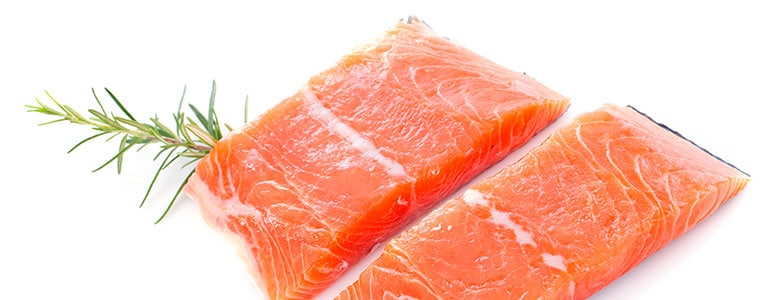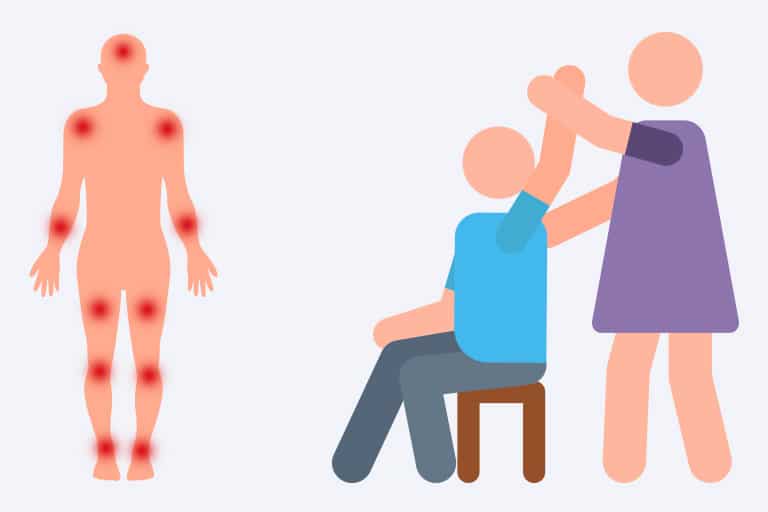Lose Weight with Arthritis: Tips from a Rheumatologist
Are you struggling with weight loss because of your arthritis? Do you feel like you can’t exercise as much as you would like, and diets just don’t seem to work for you? As a consultant rheumatologist and one of the founders of the Middle East Arthritis Foundation, Dr. Humeira Badsha is here to share some … Read more



